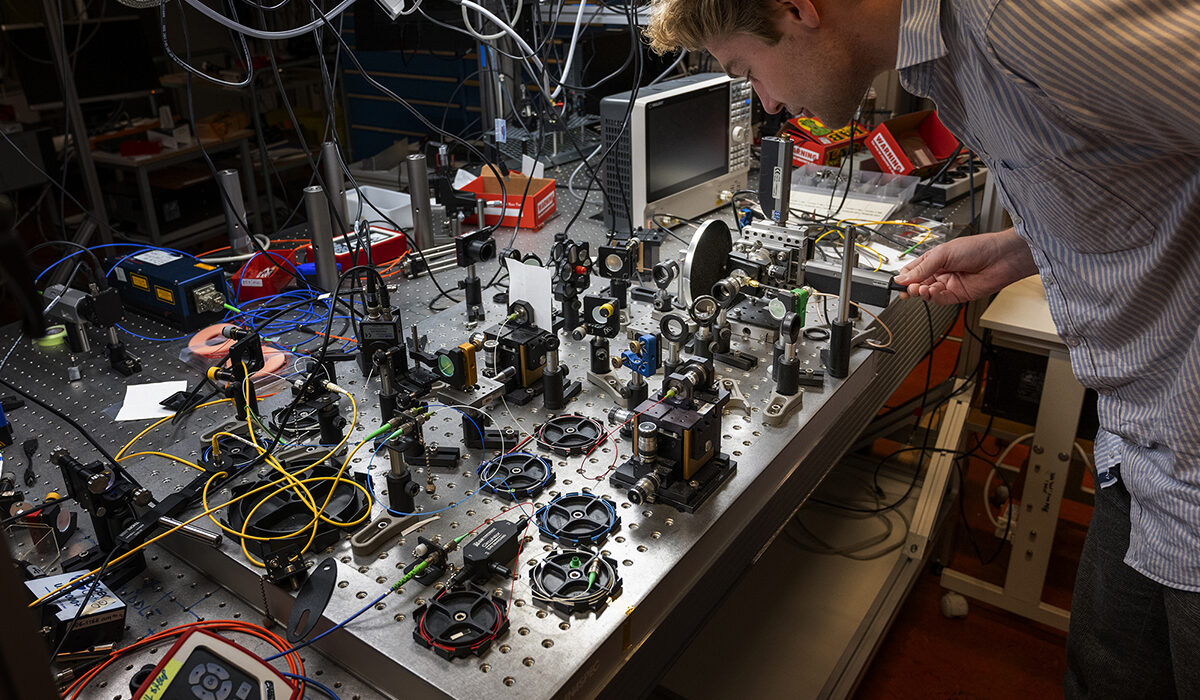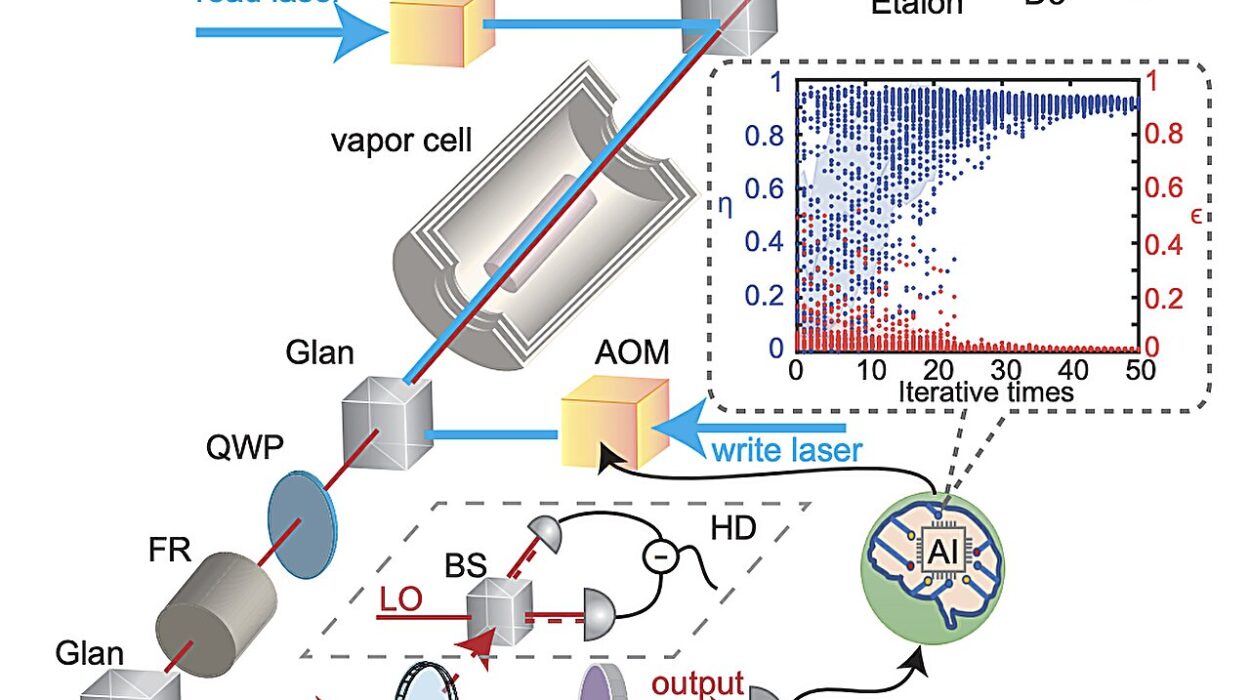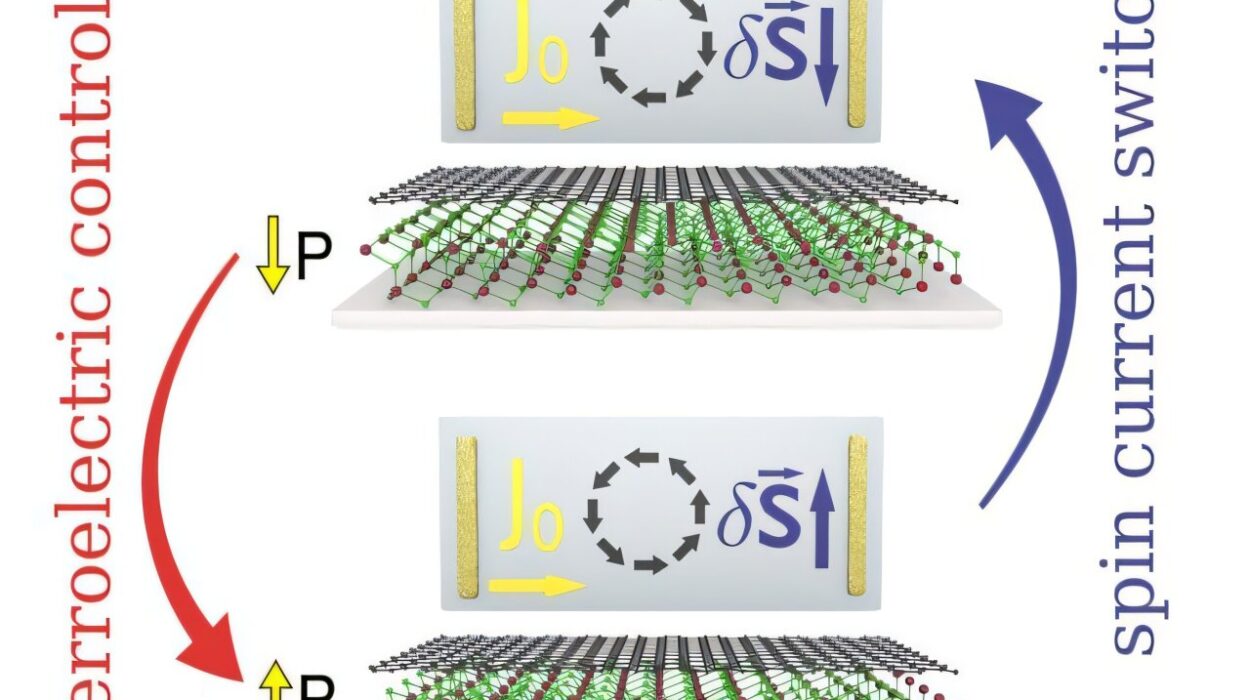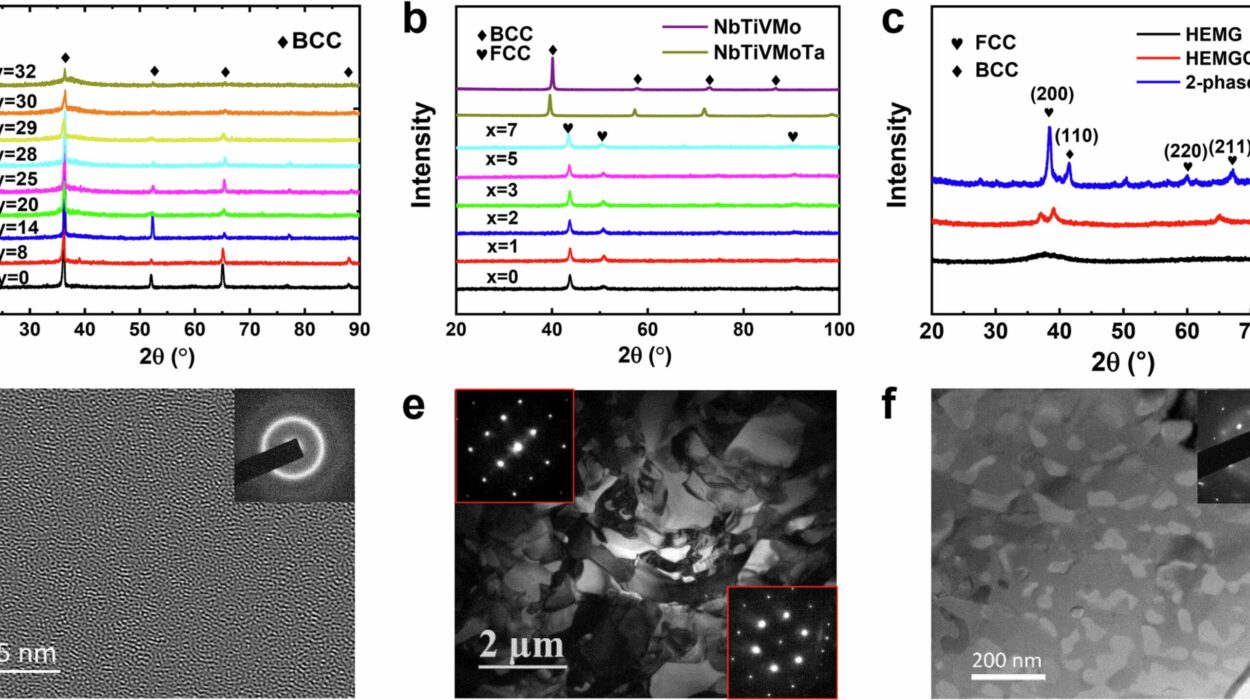In the hushed stillness of a laboratory in Hamburg, Germany, where mirrors shimmer and photons are trapped between slices of light, researchers at the Max Planck Institute for the Structure and Dynamics of Matter (MPSD) have made a discovery that reads like science fiction: light itself can whisper secrets about the matter it touches—if we learn how to listen.
In a new theoretical study published in Physical Review Letters, a team of physicists has shown that photons trapped inside tiny optical cavities carry detailed, decipherable messages about the materials they interact with. These messages are imprinted in the properties of the photons that eventually leak out of the cavity—faint but rich with information.
By “reading” these escaped photons, researchers believe they can explore the inner life of materials with unprecedented precision, offering a powerful new window into quantum systems that were previously unreachable. The implications are profound for material science, quantum information, and the burgeoning field of light-matter entanglement.
The Hidden Lives of Empty Spaces
To grasp the magnitude of this finding, you must first abandon the classical idea of emptiness. In quantum physics, empty space is anything but empty. Even in a vacuum, particles flicker into and out of existence, thanks to quantum fluctuations—an eerie, ever-present buzz of activity that never stops, even at absolute zero.
It turns out these fluctuations aren’t just background noise; they can actually influence the magnetic and electric properties of materials, especially those on the edge between different states—such as the transition between magnetic and non-magnetic forms. The average value of these fluctuations might be zero, but their variance—how wildly they flicker—is enough to reshape matter itself.
To harness and manipulate these quantum whispers, physicists use optical cavities—microscopic spaces between mirrors where photons bounce back and forth, interacting repeatedly with the material placed inside. This repeated interaction intensifies the coupling between light and matter, letting the light become more than a passive observer; it becomes part of the system.
A Mirror-Trapped Symphony of Light and Matter
Imagine an echo chamber of light—a tiny space just a few microns wide, bounded by mirrors so perfect that photons bounce thousands of times before escaping. Inside, a material waits. Every time a photon reflects, it passes through that material again and again, nudging electrons, polarizing atoms, and—if we can believe the latest findings—recording these interactions deep within its quantum structure.
This is the stage on which the MPSD team has built their theory.
But there’s a catch. These optical cavities are so small and delicate that placing detectors inside is nearly impossible. For years, scientists have been tantalized by the idea that light could carry material signatures out of the cavity—but they lacked the tools or theory to prove it.
Until now.
Eavesdropping on Escaping Photons
In their new study, MPSD researchers propose an elegant workaround: instead of trying to see inside the cavity, just watch the photons that manage to escape. These leaked photons, they argue, aren’t random—they’re encoded with the story of what happened inside. The trick is learning to read them.
“Because of the interactions between photons and matter, certain properties of the material system are imprinted on the photons,” explains Lukas Grunwald, lead author and doctoral researcher at MPSD. “And those photons—eventually—come out.”
To test this idea, the team used a simplified quantum system: a hydrogen model placed in a magnetic field. As the field increased, the material transitioned from a low-energy, entangled “spin singlet” state to a magnetized “spin triplet” state. The surprise? The number of photons trapped in the cavity clearly changed during this transition.
“Surprisingly, we can read off this transition just by looking at the number of photons trapped in the cavity,” Grunwald says. It was like watching the material change clothes and leaving traces of the outfit on every photon that stepped out.
Beyond Hydrogen: Mapping the Quantum Landscape
Encouraged by this result, the team turned to a more complex scenario: a small cluster of magnetic ions, like those found in many technologically important materials. Even here, photons proved to be faithful messengers. The frequency spectrum of the escaping light varied depending on the material’s magnetic configuration.
“The possible magnetic states of the material are directly visible in the frequency response of the emitted photons,” says Emil Viñas Boström, a co-author and senior postdoctoral researcher at MPSD. “What’s exciting is that these predictions should be possible to verify using existing optical interferometry techniques.”
That means this theory isn’t just elegant—it’s experimentally actionable.
Rethinking the Boundaries Between Light and Matter
What emerges from this research is a new vision of hybrid quantum systems, where light and matter are not separate players but co-authors in the unfolding narrative of physics.
“This work touches the frontier of our understanding of light-matter entanglement,” says Angel Rubio, Director of the Theory Department at MPSD and a pioneer in the field. “We’re only at the beginning of understanding the working principles of these hybrid systems.”
According to Rubio, the ultimate goal is to use non-classical states of light to probe and even control materials in ways conventional methods never could. That means developing new kinds of quantum sensors, materials with tunable properties, and perhaps even future quantum devices where light doesn’t just carry information—but shapes it.
From Theory to Reality
While the current work is theoretical, its implications ripple far beyond chalkboards and simulations. Optical interferometry, the technique suggested for verifying the team’s predictions, is already used in cutting-edge laboratories. Experiments to confirm the theory are likely on the horizon.
And when those photons are finally caught and decoded, they may illuminate new pathways to control materials in thermal equilibrium—without relying on intense laser pulses or disruptive forces. That’s a holy grail for materials science: passive, stable control using nothing but geometry, mirrors, and quantum light.
In other words, by gently shaping the space around a material—and listening carefully to what the light has to say—we might learn to reshape matter itself.
The Light Still Speaks
The idea that the universe’s most elusive particles—photons—can become emissaries of matter’s inner life is not just a breakthrough in physics. It’s a poetic reminder that nothing is ever truly isolated in the quantum world. Everything touches, everything echoes, and even in silence, light carries a story.
So the next time a photon escapes a mirror-bound prison, it may be more than a flicker of light.
It may be telling us something we’ve never heard before.
Reference: Lukas Grunwald et al, Cavity Spectroscopy for Strongly Correlated Polaritonic Systems, Physical Review Letters (2025). DOI: 10.1103/1lpw-22np






